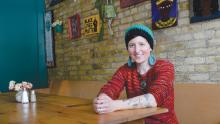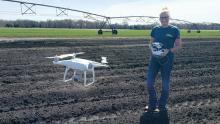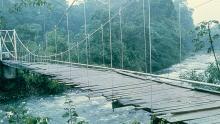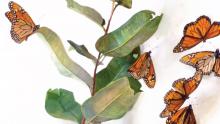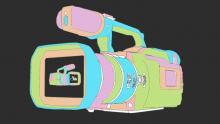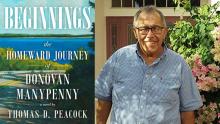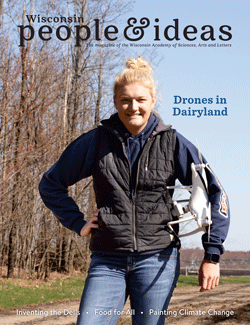
In this issue: We follow the cheese-trail in a new travel cookbook, congratulate three Academy Fellows elected to the American Academy of Arts & Sciences, get to know the man behind Hollywood's favorite special effect, and welcome the re-opening of America's Black Holocaust Museum in Milwaukee. Come to think of it, there's a whole lot of Milwaukee in this issue, from an essay on the value of field research by Milwaukee Public Museum emeritus curator and Academy Fellow, Allen M. Young, to a philisophical profile on a pay-what-you-can café in Sherman Park to a handful of poems by two major Milwaukee poets. Our cover story examines the rise of drone technology and the potential of these flying robots to transform multiple industries in Wisconsin, and our arts features explore two major exhibitions by Wisconsin artists. All this plus new fiction from Kim Suhr and reviews of new titles from Wisconsin authors in the Wisconsin Academy's premier magazine of Wisconisn thought and culture—Wisconsin People & Ideas.


